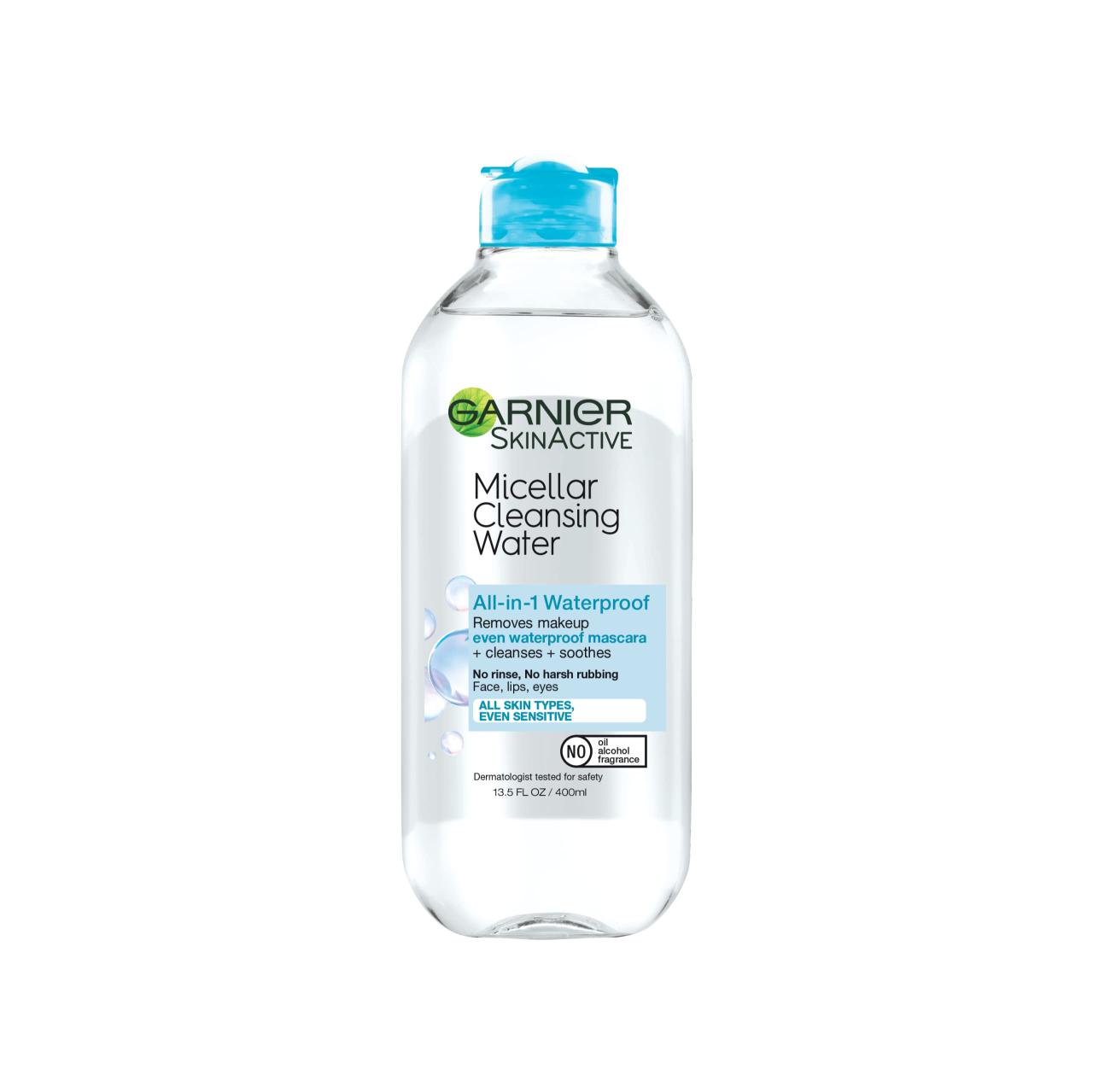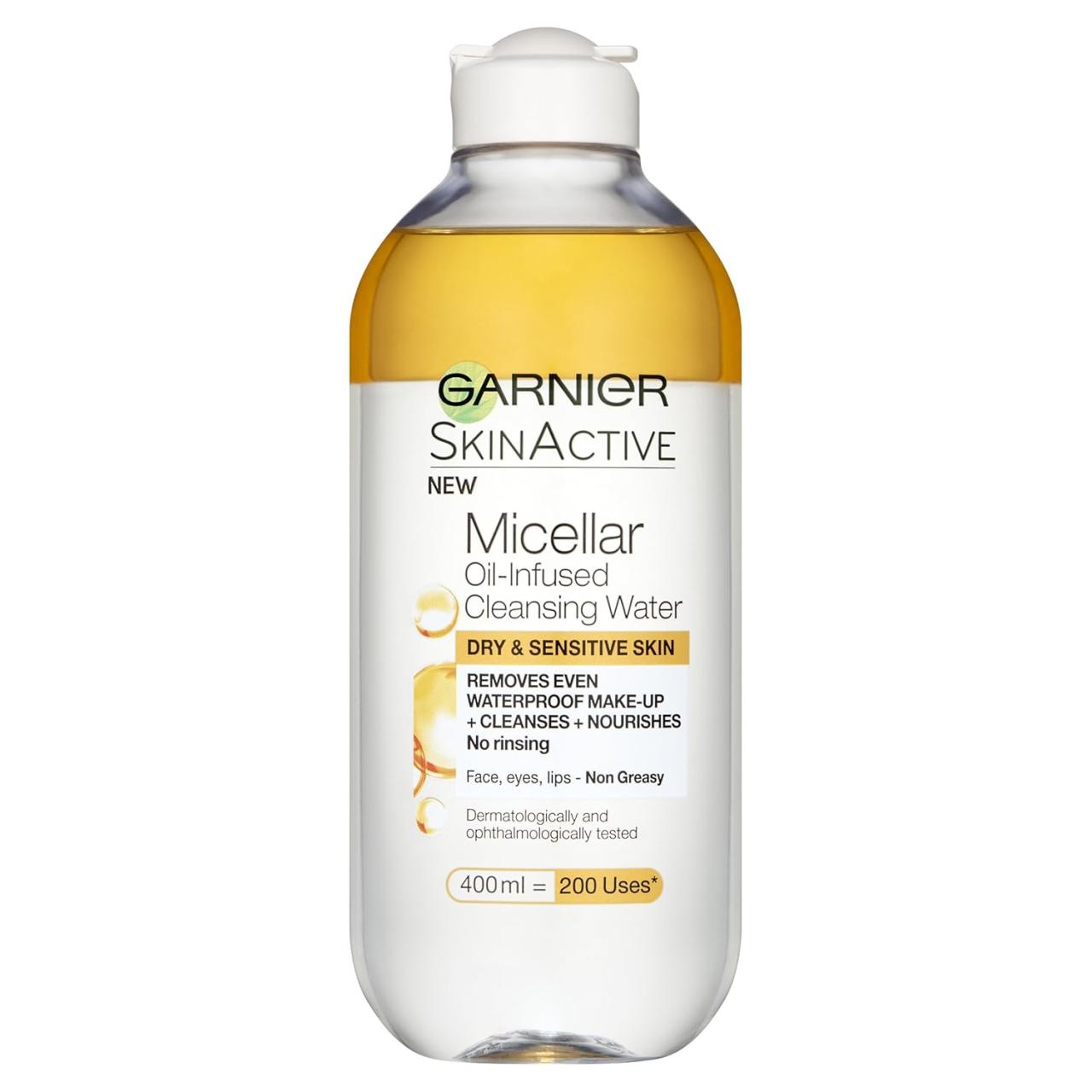Comparing cleansing oil and micellar water for daily use: a battle of the beauty titans! Is it a knockout for oil, a micellar miracle, or a draw? We’re diving deep into the greasy, sparkly world of face washing to find out which cleanser reigns supreme for your daily routine. Prepare for a face-off that’s less dramatic than a soap opera and more enlightening than a skincare seminar.
Get ready to discover the perfect match for your skin!
This deep dive will explore the science behind both cleansing methods, comparing their effectiveness on various skin types and concerns. We’ll dissect the application techniques, weigh the pros and cons, consider the cost, and even touch on the environmental impact. By the end, you’ll be armed with the knowledge to choose the best daily cleanser for your unique needs, leaving your skin feeling happy, healthy, and absolutely radiant.
Cleansing Oils vs. Micellar Water: The Great Daily Cleanse Showdown
The daily battle for flawlessly clean skin often pits two contenders against each other: cleansing oil and micellar water. Both promise a gentle yet effective cleanse, but which one reigns supreme? This deep dive explores the strengths and weaknesses of each, helping you choose the perfect cleanser for your unique skin needs. Prepare for a face-off that’s less “fight” and more “fabulous facial cleansing.”
Introduction to Cleansing Oils and Micellar Water

Let’s meet the combatants! Cleansing oils are, as the name suggests, primarily composed of oils, often a blend of plant-based oils like jojoba, olive, or sunflower oil. These oils work on the principle of “like dissolves like,” effectively dissolving makeup and sebum (your skin’s natural oil). Micellar water, on the other hand, is a water-based solution containing tiny micelles – spherical clusters of surfactant molecules.
These micelles act like tiny magnets, attracting and encapsulating dirt, oil, and makeup, lifting them away from the skin without harsh scrubbing.
Comparing Cleansing Methods: Effectiveness
The effectiveness of each method depends heavily on what you’re trying to remove. Cleansing oils, particularly those formulated with emollients, are absolute champions at dissolving stubborn waterproof mascara and long-lasting foundations. Micellar water is great for everyday makeup removal and general cleansing, but might struggle with heavy, waterproof products. For removing dirt, oil, and pollutants, both work well, but cleansing oils might leave your skin feeling slightly more moisturized due to their oil base.
On oily skin, micellar water might be preferred for its lighter feel, while dry or sensitive skin could benefit from the nourishing properties of cleansing oil.
Skin Type Considerations, Comparing cleansing oil and micellar water for daily use

Choosing between cleansing oil and micellar water depends significantly on your skin type. Dry or mature skin types often find cleansing oils incredibly beneficial, as they provide hydration and prevent dryness. Oily or acne-prone skin might prefer the lighter feel of micellar water, although certain non-comedogenic cleansing oils can be suitable even for acne-prone skin. Sensitive skin can tolerate both, but a gentle, fragrance-free formula is crucial in either case.
For specific skin concerns, consulting a dermatologist is always recommended.
Application Methods and Procedures
Applying these cleansers is a breeze, but the methods differ slightly. Here’s a step-by-step guide, followed by a comparison table:
| Step | Cleansing Oil Method | Micellar Water Method | Notes |
|---|---|---|---|
| 1. Preparation | Dry hands and face. | Dry or slightly damp face. | Ensure your face is free of other products. |
| 2. Application | Dispense a small amount of oil into your palm, gently massage onto dry skin for 1-2 minutes. | Saturate a cotton pad with micellar water. | Use circular motions for thorough cleansing. |
| 3. Emulsification (Oil Only) | Add a small amount of water to emulsify the oil, turning it milky. | N/A | This helps to lift away makeup and impurities. |
| 4. Removal | Rinse thoroughly with lukewarm water. | Gently wipe the face with the saturated cotton pad, using fresh pads as needed. | Avoid harsh rubbing. |
| 5. Follow Up | Follow with your usual toner and moisturizer. | Follow with your usual toner and moisturizer. | Maintain your regular skincare routine. |
Visual Representation of Application: Imagine cleansing oil application as a gentle, luxurious massage, where you’re coaxing makeup and impurities out of your pores. The oil spreads smoothly across the skin, dissolving makeup, and then emulsifies into a milky consistency with water, making rinsing easy. Micellar water application, on the other hand, is more like a delicate sweep, with the cotton pad gently gliding across the skin, picking up makeup and dirt as it goes.
No vigorous rubbing is needed; it’s all about gentle, effective removal.
Pros and Cons of Each Cleansing Method
Let’s weigh the advantages and disadvantages:
Cleansing Oil
- Excellent at removing waterproof makeup.
- Can leave skin feeling hydrated and soft.
- Suitable for dry and mature skin.
- Often contains beneficial natural oils.
- May feel heavy or greasy for oily skin.
- Requires rinsing, which might be inconvenient for some.
- Some individuals may experience breakouts if not using a non-comedogenic formula.
Micellar Water
- Convenient and easy to use.
- No rinsing required.
- Generally suitable for most skin types.
- Often gentle enough for sensitive skin.
- May not effectively remove waterproof makeup.
- Can leave a slight residue on the skin if not properly removed.
- Some formulations contain alcohol or fragrances that may irritate sensitive skin.
Cost and Availability
Both cleansing oils and micellar waters are widely available at various price points. Micellar waters tend to be slightly more affordable and readily available in drugstores and supermarkets. Cleansing oils can range in price depending on the brand and ingredients used, with higher-end options often found in specialty beauty stores or online.
Environmental Impact

The environmental impact varies depending on the specific product and brand. Look for brands committed to sustainable packaging (e.g., refillable containers, recyclable materials) and ethically sourced ingredients. Micellar water often comes in plastic bottles, whereas cleansing oils can be packaged in glass or plastic, affecting their overall environmental footprint. Consider the packaging and ingredients carefully when making your choice.
Ending Remarks: Comparing Cleansing Oil And Micellar Water For Daily Use

So, oil or micellar water? The truth is, the perfect cleanser isn’t a one-size-fits-all solution. It’s about finding the right match for your skin type, lifestyle, and budget. Hopefully, this exploration of cleansing oils and micellar waters has illuminated the path to clearer, more confident skin. Remember, the best cleanser is the one that leaves you feeling fresh, clean, and ready to conquer the day (or night!).
Now go forth and cleanse!
